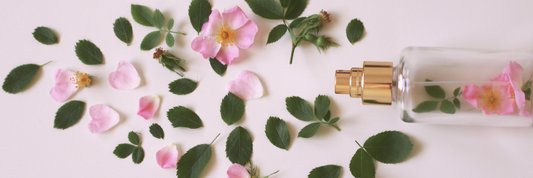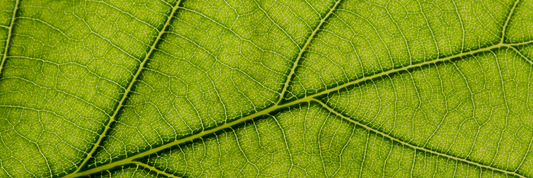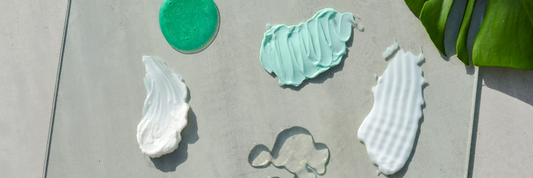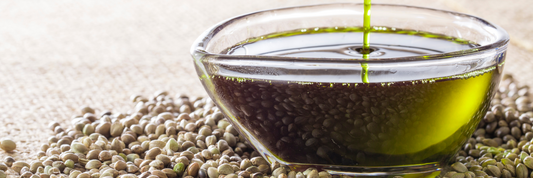
Essential Oils 101: A Beginner’s Guide
Essential oils are volatile, aromatic oils produced by plants. Plants produce essential oils for a variety of reasons, sometimes as part of their defence strategy against micro-organisms or as part their reproductive process to attract pollinators or seed dispersers. People have extracted essential oils from plants for centuries and found a multitude of applications for them: food, medicine, cosmetics, religious sacraments… the list goes on!
These oils are found either in the leaves (e.g, eucalyptus), berries (juniper), grasses (palmarosa), petals (rose), roots (angelica), rind (orange), resins (frankincense) or wood (cedar).

How can a plant have therapeutic properties?
A typical essential oil contains more than a hundred different chemical compounds, each of which has a specific quality; for example, antiseptic. In fact, most compounds in essential oils have antiseptic properties. Other compounds may be antifungal, antiviral, carminative, or decongestant – to name but a few.
The distinctive smell and relaxing properties of Lavender, for example, come from the constituents of the essential oil contained in Lavender’s flowers.
How do you get the essential oils out of a plant?
Essential oils obtained by putting the plant material through a specific extraction process. Depending on the plant, these include steam distillation, hydro-distillation, cold-pressing or Co2 extraction.
Difference between a Therapeutic Grade Essential Oil and a Cosmetic Grade Oil
Cosmetic grade oils available on PureNature are blended using natural essential oils natural isolates and/or or nature identical compounds together to create an oil which has a fragrance almost identical to the pure essential oil. They provide a more economical alternative to more expensive oils such as Rose, and also offer a more sustainable option for endangered oils like Rosewood. Cosmetic oils are used for fragrance purposes only and are not considered therapeutic.
What about Fragrances?
Fragrances are man-made aromatic formulas that can replicate natural aromas that are expensive or impossible to extract naturally. They also serve as humane alternatives to animal derived notes such as musk or civet. Fragrances can also be used to create entirely new ‘concept’ scents which don’t exist naturally such as ‘Coral Reef’. Fragrances can be made from any combination of essential oils, parts of essential oils, nature identical molecules and synthetic molecules. Fragrances are considered to have no therapeutic properties and should not be confused with pure, natural essential oils.

What’s a Hydrosol?
Hydrosols (also known as floral waters, flower waters or distillates) are the ‘bi-product’ from the distilling process. They contain the water-soluble fractions from the plant and only a trace amount of essential oil. This means they have different properties and applications.
Why are some oils sold as “3% in Jojoba oil”?
Dilutions are either essential oils or cosmetic grade oils diluted in Jojoba oil to create an affordable alternative to the un-diluted oil e.g Jasmine, French Rose. These dilutions are not recommended for use in oil burners or vapourisers.
View our range of essential oils here
Copyright, PureNature. This information is intended for personal use of PureNature customers and may not be reproduced, shared or used for commercial purposes without written consent.




















